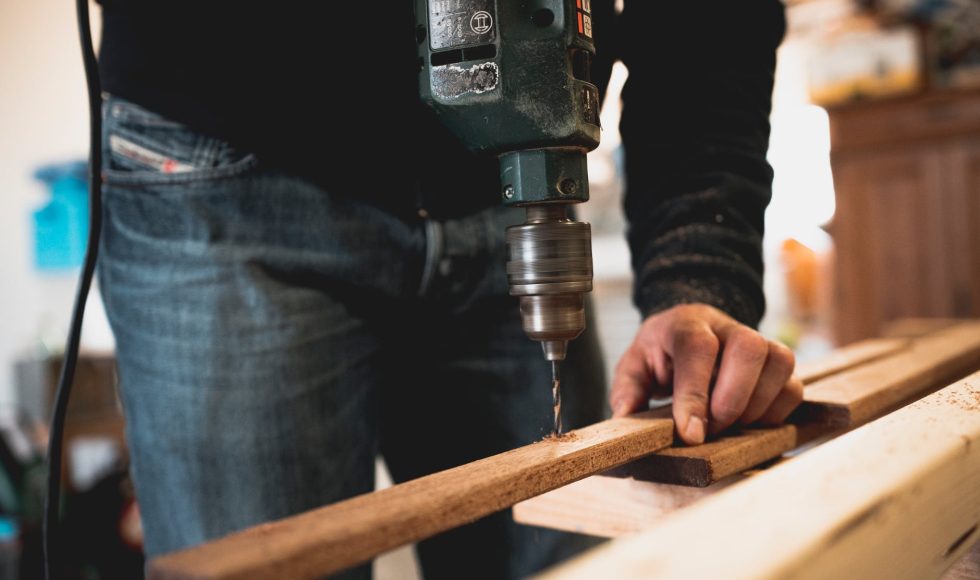Tonight I watched the CAST UDL Symposium session “Supporting Student Voice in Hands-on Learning Environments like CTE” with several panelists: Owen Armstrong, Amanda Bastoni, Sydney Crete, Anthony David, Abraham Ewing & Naomi Williams. Bastoni was the facilitator. All panelists had a connection to career and technical education. Owen spoke about high school computer information classes he took and how he is pursuing a degree in computer information systems at RIT. Sydney obtained an associate’s degree and loved woodshop classes. Anthony is working as a coach for Nike and in school. Anthony’s goal is to be a designer. Naomi is a rising junior and attends a technical school in New Jersey and was a facilitator for a previous student panel. Abraham is a teacher in a technical setting. Each participant talked about their experience and how their voice was amplified. Sydney worked with Abe in the woodshop and enjoyed the experience so much that Sydney pursued this interest. Naomi explained how politics and law courses provided choice in the classroom about how students learn and participate. Owen loved the computer projects that were assigned in class and the options to pursue his interests. Abe explained that Sydney came to him and wanted to make a speaker. Abe also said that all projects in his courses were projects proposed by students. Abe said: “giving the student as much choice as possible magnifies the buy-in even more!” Bastoni explained that career and technical education (CTE) is traditionally segmented with groups of learners enrolling. in certain programs. Sydney explained that Abe allowed a learner with ADHD to walk around the room while he lectured. Anthony talked about coaching up and learners sharing ideas with instructors. I love that! Anthony was a substitute teacher and was “receptive to feedback to what they say” and was “coached up several times.” Bastoni summarized this as “respect to the learner and instructor.” Owen pointed out that he did not see in CTE classes learners who were, for example, non-cis or non-conforming. Bastoni mentioned that CTE courses are federally funded, and Black learners and non-cis and other protected learners may not be mentioned in CTE. Abe shared that he had a student and assumed he knew what to expect and was surprised by how the student reflected at the end on how they felt included. Abe reflected on how he was not inclusive by trying to lower the bar. Abe said: “SEL, the socio-emotional learning, is important!” Bastoni paused the session to allow a couple of minutes for all participants to reflect and share, if wanted, in the chat. Anthony revisited student-selected projects and how they take learners’ passions and cultivate them. Naomi added that having multiple ways to share the final project or product in different formats besides an essay or presentation is very powerful. Abe shared that instead of micromanaging, allowing space and voice for creativity changes the dynamics. Abe recounted that students came in late and were tired… and feedback ended up with the creation of a coffee and tea station. Learners, as Bastoni concluded, become their own teachers!



